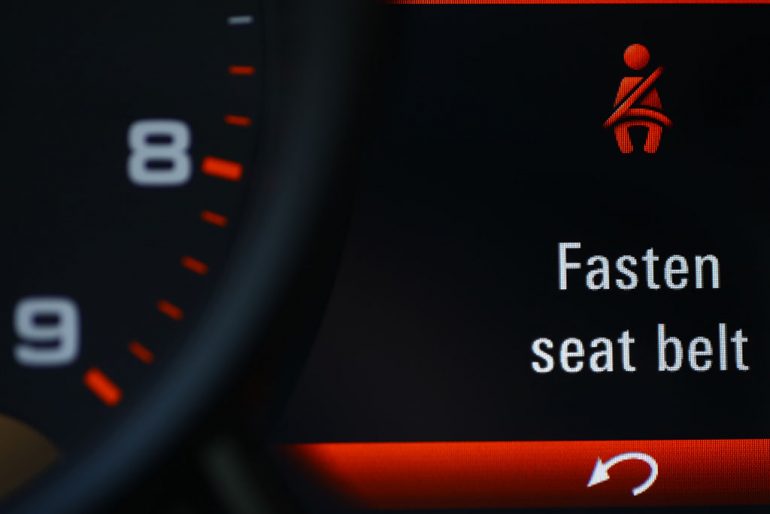
Enhanced road safety has been a continuous evolution, and throughout this journey, the seat belt has remained a steadfast protector of lives on our highways. This unassuming device, with its rich history, holds immense significance in reducing injuries and preventing tragic accidents. Recognizing the pivotal role seat belts play in saving lives, the US Department of Transportation’s National Highway Traffic Safety Administration (NHTSA) is taking a bold step by proposing mandatory seat belt warning systems.
While the importance of seat belts is widely acknowledged, the challenge lies in ensuring their consistent usage. The NHTSA has responded to this challenge by proposing a rule that would require advanced seat belt warning systems in various vehicles, including passenger cars, trucks, most buses, and multipurpose passenger vehicles weighing 10,000 pounds or less. This rule goes beyond the existing seat belt warning systems by demanding visual and audible alerts not only for the driver’s seat but for all passenger positions.
Also, don’t forget that you can get discounted new car pricing with a free quote through qualified local dealer partners.
The statistics surrounding road safety are undeniably sobering. In 2021, the United States witnessed the loss of nearly 43,000 lives on its roads, with half of these fatalities occurring in vehicles where occupants were not wearing seat belts. The proposed rule, if put into practice, could serve as a powerful tool in combating this grim reality. By enhancing seat belt warning systems, the NHTSA aims to cultivate a culture of safety and responsibility, encouraging individuals to buckle up for their own protection.
It is crucial to emphasize the proven effectiveness of seat belts in reducing the risk of fatalities and injuries. According to NHTSA estimates, the proposed requirements could prevent approximately 300 non-fatal injuries and save over 100 lives every year. Although significant progress has been made in increasing seat belt usage rates over the past decade, there is still room for improvement, particularly concerning rear-seat passengers, whose usage rates have consistently lagged behind those of front-seat occupants.
In a recent development, the NHTSA introduced another groundbreaking proposal that mandates automatic emergency braking (AEB) systems in passenger vehicles. Expanding on this initiative, the agency’s vision extends to encompass heavy-duty trucks and buses, vehicles with a gross vehicle weight rating exceeding 10,000 pounds. The potential impact of this expansion is monumental, with an estimated 155 lives saved annually and the prevention of 8,814 injuries. This technology-driven approach aims to tackle the significant rear-end crash statistics, targeting over 19,000 incidents among heavy-duty vehicles every year.